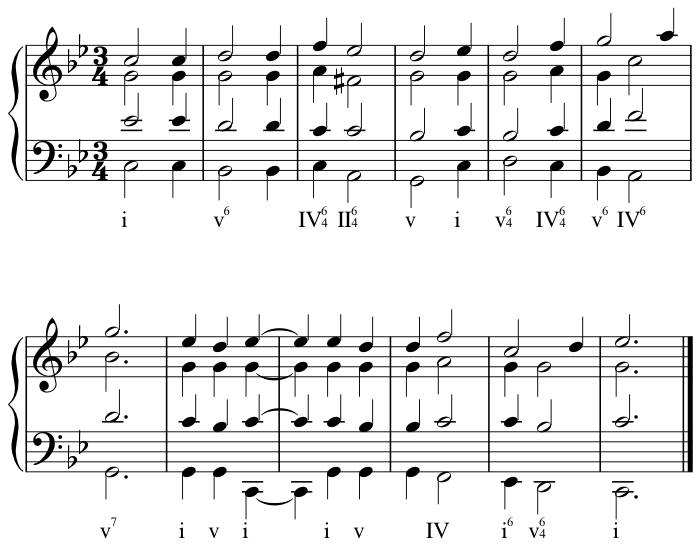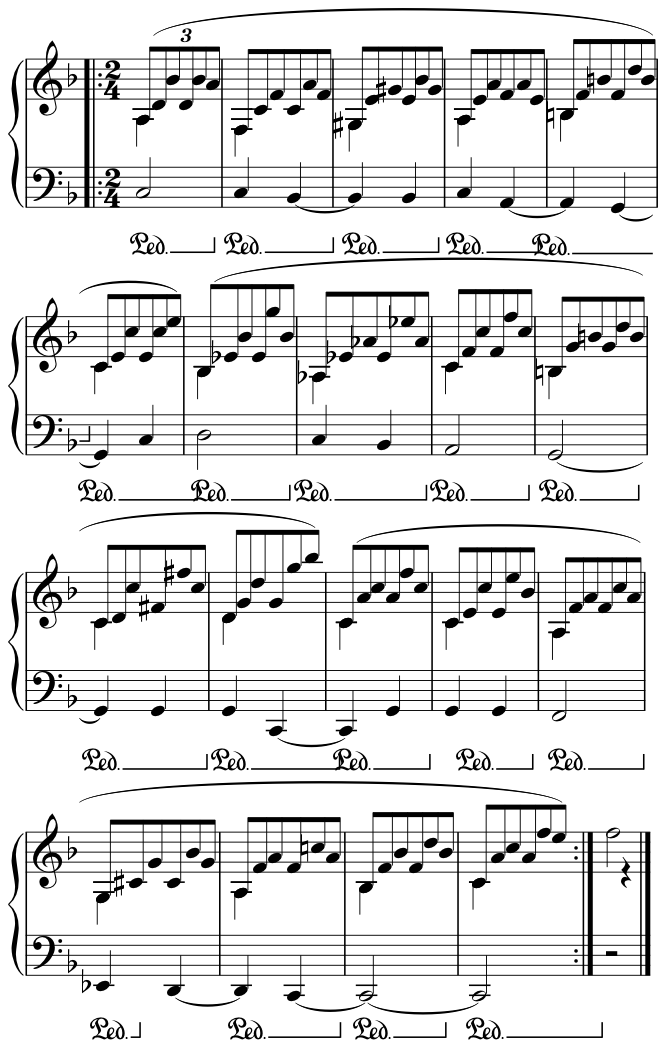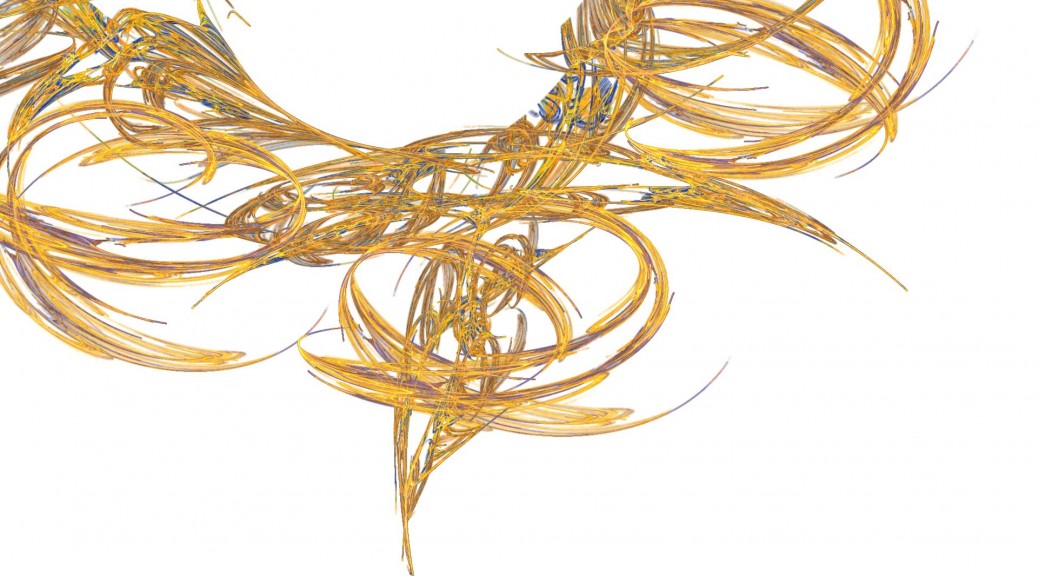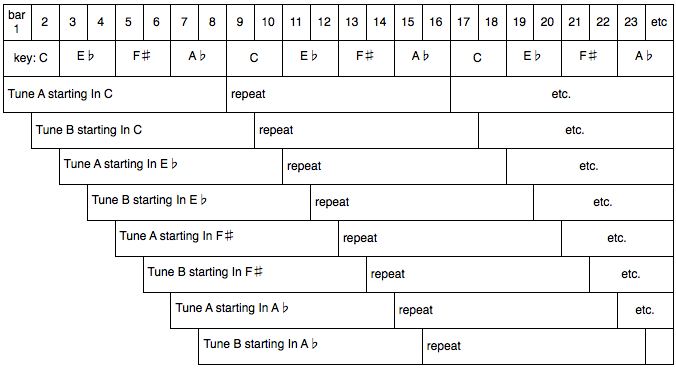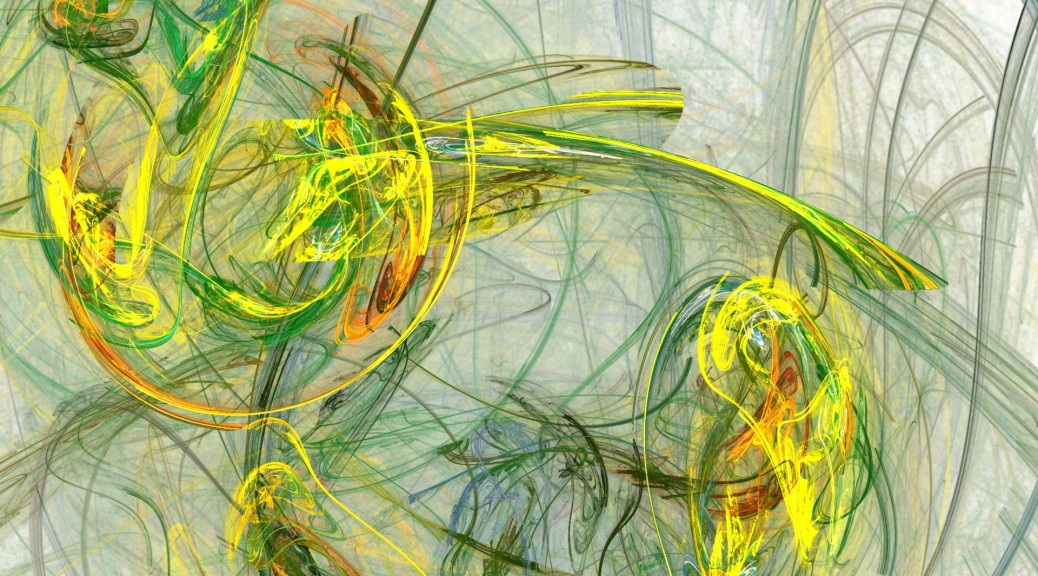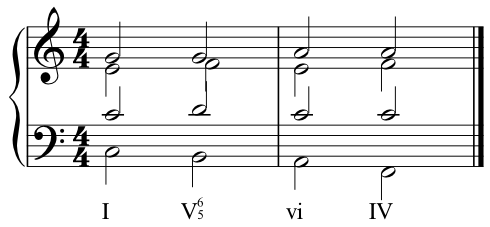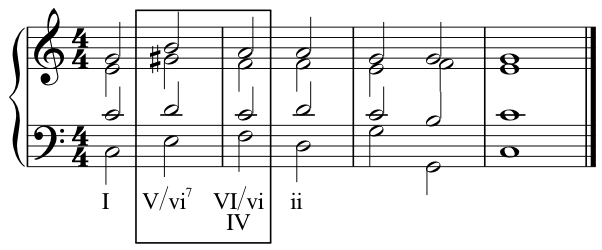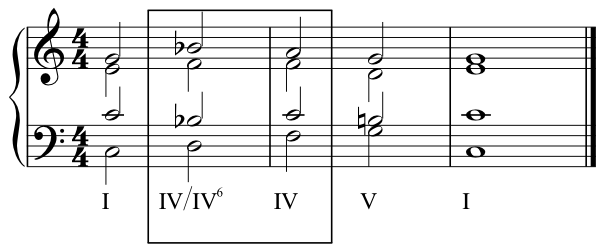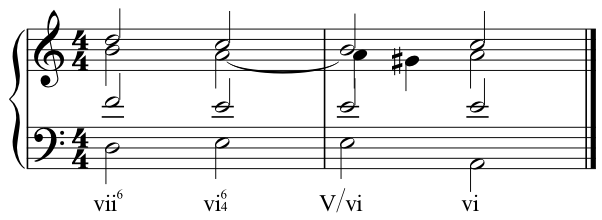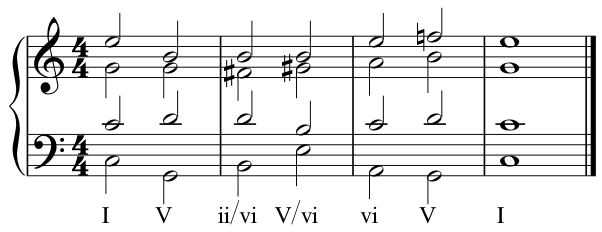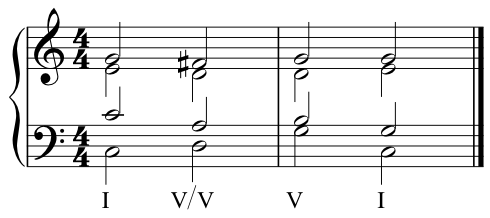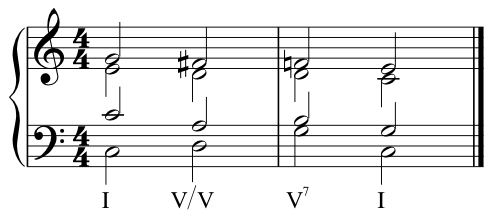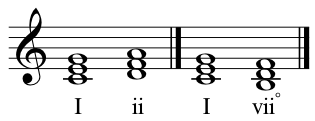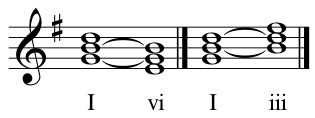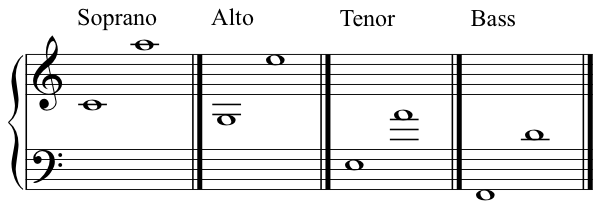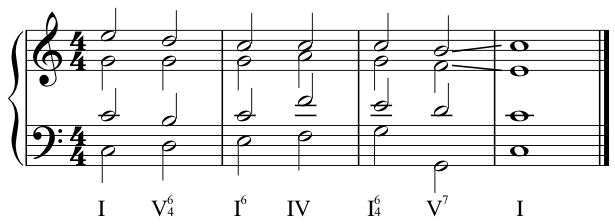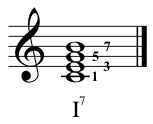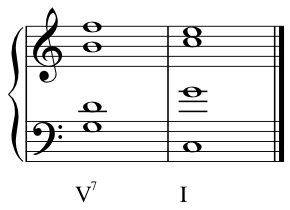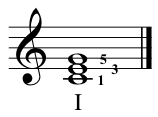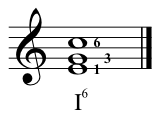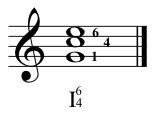… because it’s true, and because it’s funny, or at least with forty years of perspective parts of it seem funny, it didn’t seem very funny at the time …
As kids growing up in the North East of England in the seventies, we were the original vinyl generation. Music was our life. Not just any music though, we were very disdainful of Top of the Pops or anything else we construed as “mainstream”, instead we were a mix of folkies and prog-rockers and we got our music from The Old Grey Whistle Test on TV and from John Peel and Alan Freeman on National Radio. But living in Gateshead we had an additional, very special source for our musical education, the local radio show “Bridges” on Metro Radio.
Bridges was conceived as a show that would build bridges between different musical genres. It would play anything: classical, folk, heavy metal, progressive, blues (in fact anything except Country and Western.) With high hopes on its first night … the DJ didn’t turn up.
In a state of panic a luckless and rather introverted sound engineer called Geoff (Jeff?) Brown was told that because he was the only person in the studio other than the producer, he would have to host the show. Despite understandable nerves, the show went really well. It turned out that Geoff was extremely knowledgeable about all kinds of music and the next week he was asked to host the show again, and again, and again.
Within a few weeks the show had “gone viral” (before that term existed) and it was all we were talking about at school. Geoff Brown became a local hero of sorts, for example though I never met him myself, my mate Dave found out which pub he drank in and became friends (we were in sixth form). Later on the great Alan “Fluff” Freeman guested on his show, an indication that he was starting to get attention outside of the region, but I digress.
One of our favourite musicians at the time was the guitarist Steve Hillage. In case the name is not familiar, here’s some background. He started out in the famous Anglo-french Jazz-rock collaboration band Gong, among his many achievements he was the guest guitarist on David Bedford’s arrangement of “The Orchestral Tubular Bells”, and he later went on to produce The Orb. He even got a joke on The Young ones:
At the time this story took place he had left Gong and was embarking on a solo career. His music was initially strongly influenced by jazz and Indian classical music, in fact here’s one of the albums we were all listening to. It includes a number of the members of Gong, including Didiere Malherbe and Shakti Yoni:
[the last two tracks were not part of the original album] I still love this album today, if you ignore the “tree hugging hippie crap” (South Park TM) you can hear great melodies, strong bass lines and extraordinarily melodic improvisations that never dominate but always compliment the music.
Anyway to cut to the chase, Steve Hillage was touring with his new album “L” (recorded with Todd Rundgren in the US) and was due to play Newcastle City Hall in a couple of weeks. Then Geoff Brown fatefully played a track from that album on his show.
Now Bridges, because of its wide ranging content, had an equally wide-ranging audience, including quite a few head-bangers and air-guitar players, and the track Geoff Brown played was this one:
It’s a cover of a Beatles song, and at the end, Hillage lets rip with a guitar solo the likes of which said head-bangers and air-guitarists had never heard before.
The outcome of this was that when Steve Hillage turned up at Newcastle City Hall a few weeks later, instead of the flower-waving patchouli oil smelling crowd that he was used to, the entire front of the theatre was full of leather clad biker types looking for a bit of excitement. And Steve Hillage had no security.
I was there.
Just after the concert (or possibly during the concert, my memory is vague) the crowd rushed the stage. Steve Hillage just stood there bemusedly as he was mobbed by dozens of these aggressive and definitely-not-hippie types, and I distinctly remember seeing his signature wooly bobble hat fly in to the air as people grabbed for souvenirs. I seem to remember seeing his left ear detached also, but I might have imagined that.
Anyway common sense and the theatre bouncers bouncers finally prevailed and we all went home. I understand the rest of the tour was uneventful, and Hillage even continued to make albums and tour after that, before the trauma of the event finally drove him in to the reclusive life of a music producer. He’s still doing well.
Addendum
The pressure finally got to Geoff Brown apparently. I heard gossip that he had a sudden nervous breakdown, among other things that I won’t go in to, but I do know for a fact that he left Metro radio suddenly with no announcement or explanation. He deserved better, Strange and sad.



